Cop26: Energy wars will rumble on until supply of renewables is guaranteed
Europe needs gas, and Russia can easily provide it. Mary Dejevsky says that, despite all the political posturing, it’s still business as usual

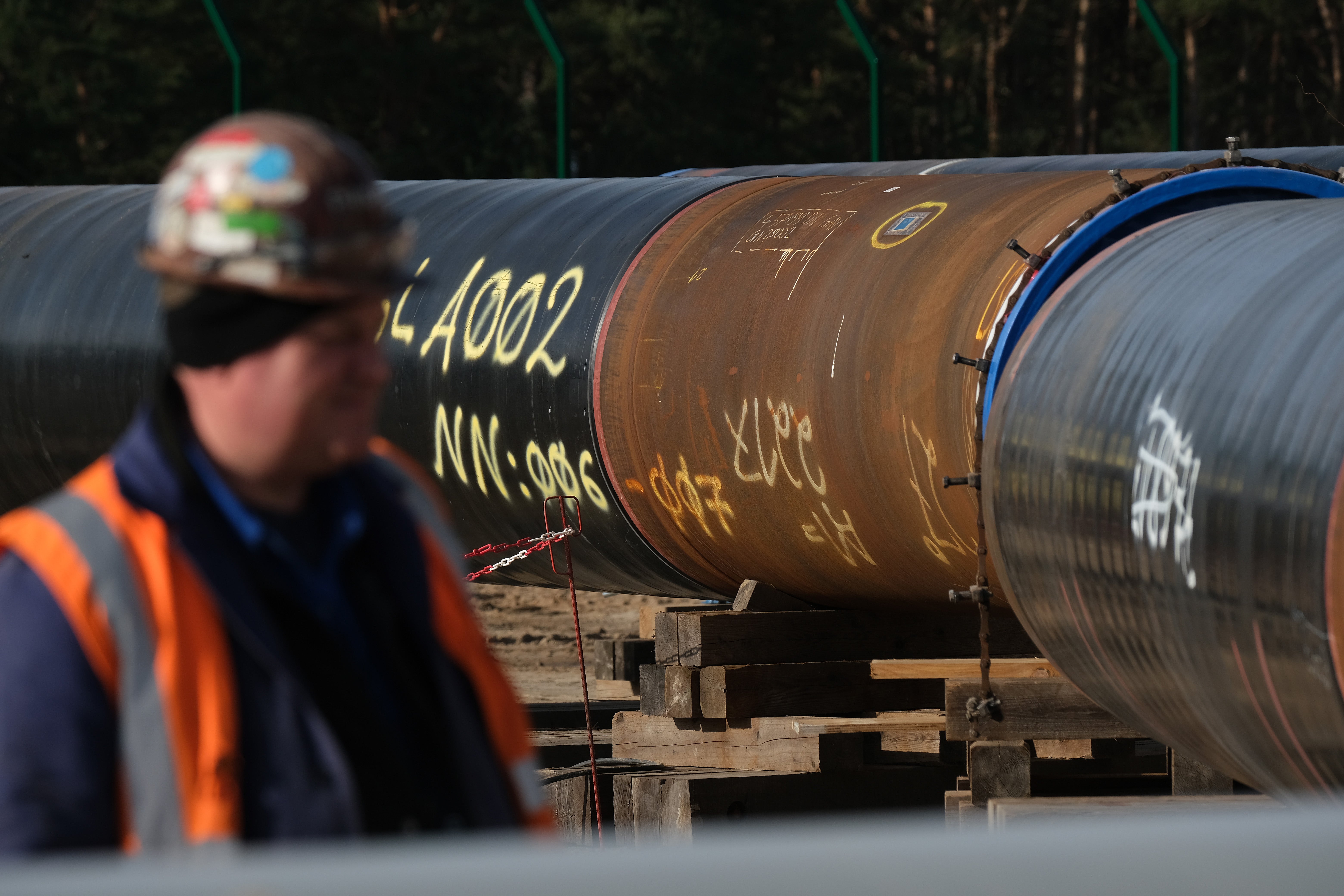
Just short of 200 countries are represented at Cop26 in Glasgow, many of them at head of state or head of government level. It is the biggest international gathering that the UK has hosted since the London 2012 Olympics. By the end of two weeks, it is possible, although expectations are being played down, that many obstacles will have been – at least temporarily – overcome, leaving a consensus on ways to limit the rise in global temperatures to 1.5 degrees by the end of the century. So far, so just about as good as could be expected.
But the shared concerns about flooding and fires, about rising global temperatures and rising sea-levels – all summed up as the climate emergency – could very soon be replaced in the headlines by a more local and immediate emergency, as winter bears down on the northern hemisphere and tightens its annual grip on Europe. Before any of the long-term promises of Cop26 come due, some very short-term considerations of geopolitics could start to play out in potentially life-threatening ways. Or, to look on the bright side, the opposite could happen, with a recognition of the current reality governing energy supplies, which could lead to a more durable system of mutually beneficial exchange.
There is no evidence that it was anything more than chance that the run-up to Cop26 coincided with a sharp rise in the international market price of gas, which affected the UK particularly acutely and caused a clutch of smaller companies to go bust. Wholesale prices in the UK have quadrupled over the past year, while the rise in the EU has been only slightly less. But the juxtaposition served to highlight some awkward facts.
The UK and the EU like to think of themselves as trailblazers and standard-setters in developing green energy and cutting carbon emissions, and in many ways they are. But some of the choices that have been made in the cause of clean energy and combating climate change turn out also to have downsides, not all of which appear to have been anticipated.
Take renewable energy in general and wind-power in particular. Both the UK and the EU have banked on developing renewables with some success. In the summer of 2020, renewables supplied a record 47 per cent of the UK’s electricity, with wind contributing by far the largest part. Over the past year, however, the wind has not always blown as planned, leaving a shortfall to be made up from other sources. Power derived from the weather, it transpires, may not be as reliable, at least not yet, as power that can be raised from man-made mines or wells. This unexpected shortage of windpower was one of the factors that contributed to increased demand for other fuels and higher prices for gas in Europe.
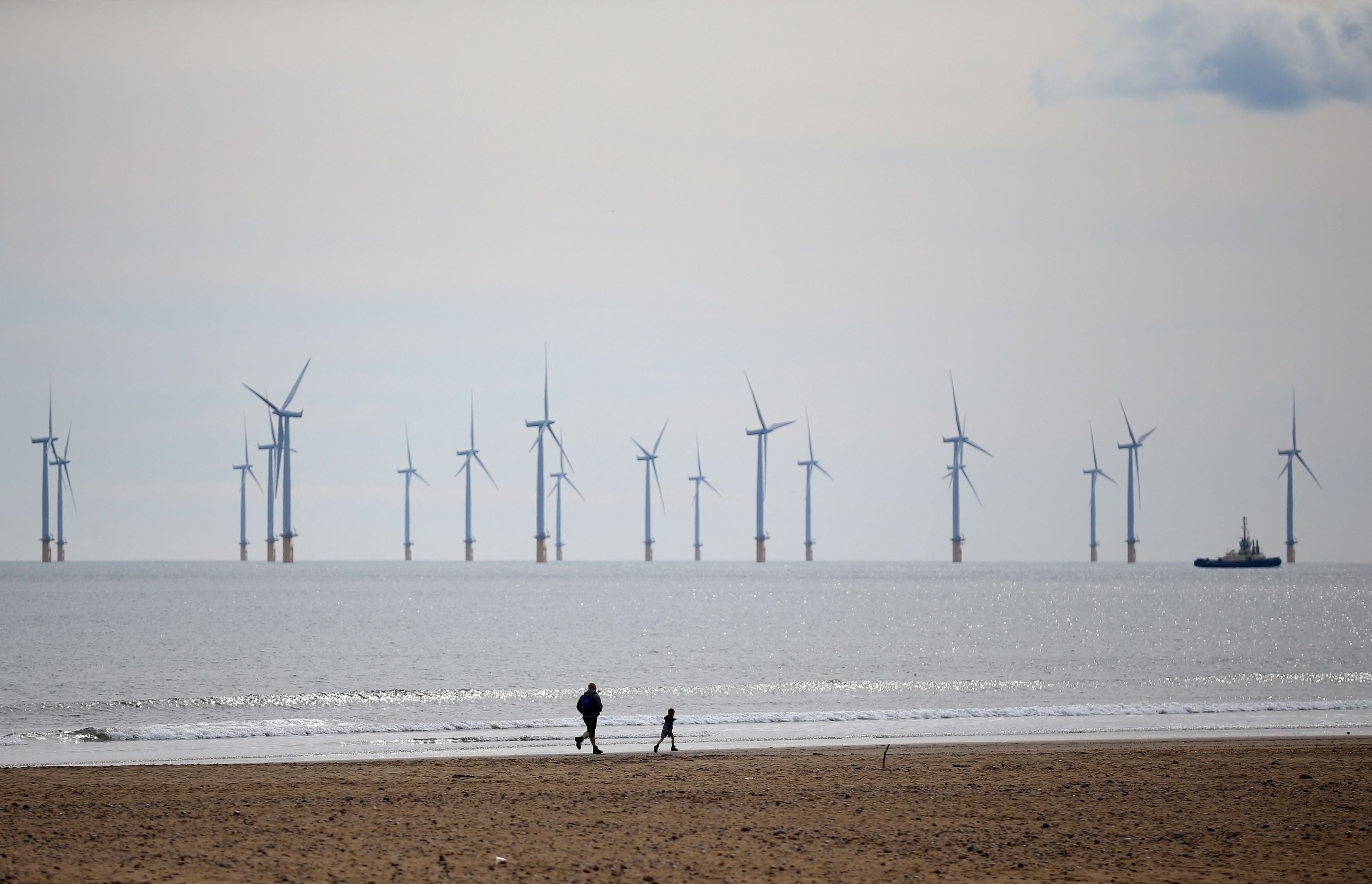
But it was not just idle wind turbines across Europe that were to blame. Global demand was rising, too, especially in the Far East – in part from industrial development, but in part too from an earlier and faster recovery from the pandemic than had been expected. Last year’s particularly harsh winter in many parts of the northern hemisphere did not help matters, either.
At least as inconvenient, for many energy-importing countries, was that, amid all the losers, one country stood to emerge a winner, and that was Russia – the major external supplier of gas to Europe and increasingly to China. This left Europe in a bind. Having set out with the double aim of developing its own sources of greener energy and reducing its energy dependence on Russia, not only did it suddenly need the supplier it had prepared to spurn, but market conditions were dictating higher prices as well.
What followed through the early autumn was a strange rhetorical dance in which the United States, the UK and some EU officials seemed to calculate that the most promising way to secure new supplies of gas was to shame the most plausible future supplier for what had happened. So Russia was variously accused of exploiting its dominant position to rig the market, of witholding supplies, whether for financial or political gain, even of being mean-minded in not volunteering to supply Europe with more gas at knock-down prices. How any of this was going to encourage Russia to open its taps has to be a mystery.
Vladimir Putin surprised many by going on Russian state television to say that if the Europeans asked for more gas, Russia would provide it
Not only that, but I could find no one in, or associated with, the oil and gas business in the west offering the slightest evidence that Russia was withholding supplies. On the contrary, they insisted that Russia was fulfilling all its contractual obligations to the letter – as, in their view, it had always done.
Yes, there had been a fire at the huge Amur gas processing plant near the Chinese border in early October, but this had not affected exports to China, while an earlier fire at a plant in western Siberia in August had temporarily reduced capacity for transfers domestically and abroad. The consensus was, however, that such accidents testified more to the state of Russia’s energy infrastructure than to any malign intention to raise global prices. They were operational, not political, and their contribution to soaring prices was negligible.
It should also be said that Russia showed some uncharacteristic self-awareness in responding to the charges of market manipulation. At the height of the western claims, Russia’s president, Vladimir Putin, surprised many by going on Russian state television to say that if the Europeans asked for more gas, Russia would provide it, though it is not clear whether anyone took up the offer. Prices did fall in response, though. A week later, on 13 October, Putin used an address at the start of Russia Energy Week in Moscow to set out chapter and verse of Russia’s position, which he then repeated in more detail at a question and answer session with participants at the annual Valdai Club gathering of international Russia-watchers in Sochi.

In outline, Russia’s position was this. It had not rigged the market. The Europeans had only themselves to blame for their current difficulties. They had been too hasty in their pursuit of renewables, leaving themselves vulnerable to the vagaries of the weather (ie too little wind). They had simultaneously reduced their storage capacity – this relates especially to the UK, which now has storage for only four to five winter days of demand, just 1 per cent of Europe’s total. To cap it all, they had deliberately chosen to move away from long-term contracts with Russia’s state-owned conglomerate, Gazprom, where the price would have been more stable, to short-term contracts based on spot-market prices – in an ill-judged gamble that prices would go down rather than up.
Putin’s point by point explanation had some effect, and prices fell at one point by as much as 40 per cent. Nor was the effect restricted to prices. The Europeans and their US advocates suddenly piped down about Russia and turned their attention – in public at least – to China and whether it could be persuaded to meet emissions targets, given that it is planning to build more than 40 coal-powered power stations. With hindsight, the dispute with Russia started to look more and more like a confected flare-up, designed in part by UK and European leaders to pass the buck for their own misjudgements.
But there was always another dimension to the dispute about Russian gas supplies as it erupted this autumn, and it relates to the long-controversial pipeline, Nord Stream 2. More than 1,200km in length, the pipeline runs under the Baltic Sea, connecting the terminal at Ust Luga west of St Petersburg with Lubmin, near Greifswald in Germany. Built by the Russian energy giant, Gazprom, with some European financing, Nord Stream 2 was completed on 10 September, as per an announcement by the head of Gazprom, Alexei Miller. It is currently awaiting licensing by the German regulator, which could come within weeks, but also a possible challenge to its operations from the EU.
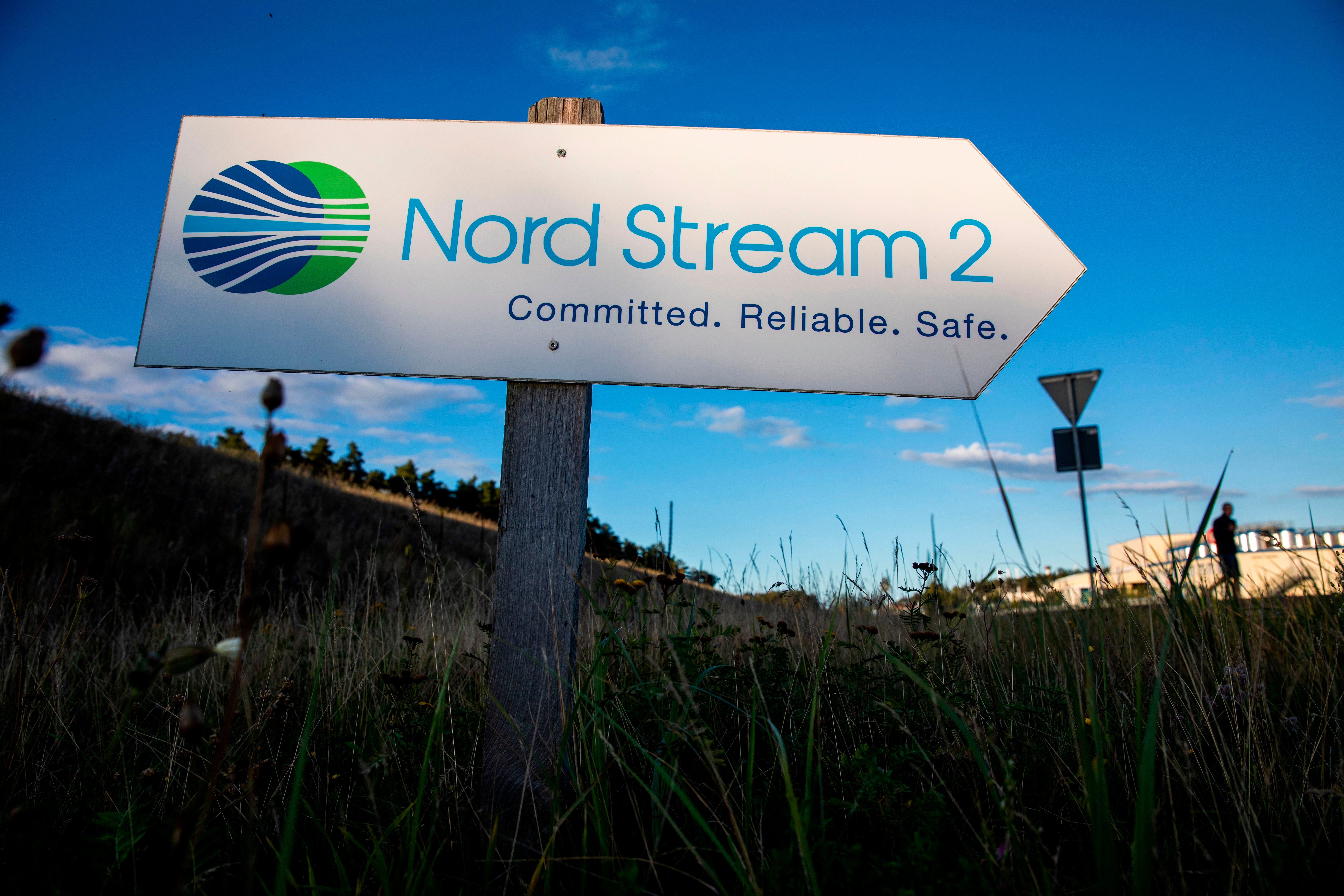
The project was first mooted in 2011, when it was intended to supplement – in fact almost double – the capacity of the recently completed Nord Stream 1, which follows a similar but shorter route, and had just been inaugurated with all fanfare by the German Chancellor, Angela Merkel, the then Russian president, Dmitry Medvedev, and the French and Dutch prime ministers. Looking back, that ceremony, at Lubmin on 8 November 2011, may have marked the high point of Europe-Russia energy cooperation.
Nord Stream 2 has been another matter entirely. In 2014, with construction still not begun, few would have given odds on the project ever leaving the drawing board. That year saw one of the deepest rifts in relations between Russia and the west since the end of the Cold War, after an EU-Ukraine trade agreement fell through, the Ukrainian prime minister was toppled in popular protests, Russia snatched the Crimean Peninsula from Ukraine and fighting broke out in the Donbass between supporters of the new government in Kyiv and rebel groups backed by Russia.
In the end, sanctions imposed by the EU and the US in response to Russia’s involvement in Ukraine complicated, but did not prevent, the building of Nord Stream 2. It did, though, become a cause of acute dissension in Europe, with Germany insisting that trade and politics could and should be kept separate, and the US, the UK and several east and central European countries maintaining the opposite.
Russia has gas to sell and, via Nord Stream 2, has improved the means of delivering it ... and much of Europe, including the UK, is going to need more imported energy
The critics had two main objections to Nord Stream 2. The first was that, in doubling pipeline capacity under the Baltic Sea, it would eliminate the need for Russian gas to reach Europe via Ukraine, so depriving Ukraine of badly needed transit fees (and also political leverage). The second was that it would potentially make Europe as a whole even more reliant than it already was on Russian gas, and so to an extent, in energy terms, even more at Russia’s mercy.
Depending on how you looked at it, however, bypassing Ukraine also had benefits, and not just for Russia. Ukraine’s economic difficulties and internal politicking had given gas supplies from Russia a political aspect that only aggravated existing bilateral tensions. Between 2005 and 2010 disputes over payments, contracts and debts had led to Russia cutting or reducing gas supplies to Ukraine, which then had the knock-on effect of disrupting supplies to Europe. Cutting out Ukraine might smoothe supplies to Europe, while indirectly removing a major irritant from Ukraine-Russia relations.
Throughout the cut-offs, Russia insisted that the culprit was Ukraine. It said that the only reason why Europe was not receiving its gas was that Ukraine was illegally diverting it for its own needs. But with western sympathies largely on the side of independent Ukraine, the Russian charges (later admitted by Ukraine) hardly got a look in and the reputational damage was borne almost exclusively by Moscow: it was seen not only as bullying “plucky little Ukraine”, but as an unreliable supplier to its paying customers.
No wonder, then, that for Russia and Germany, but also for France, the Netherlands and other European countries with an interest in receiving Russian gas, Nord Stream 2 was seen as a project that could make these problems go away.
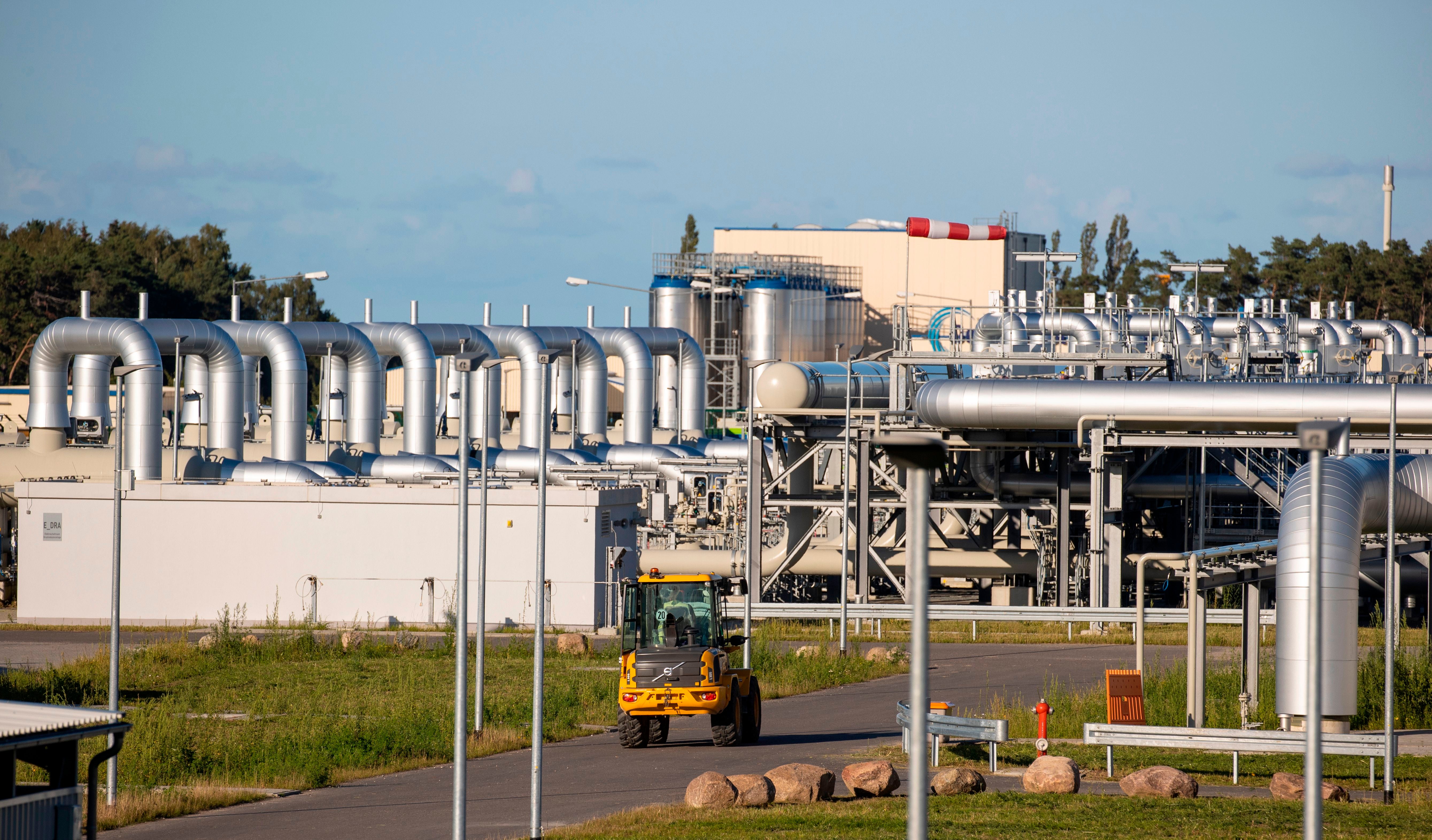
The EU as a whole, though, remained bitterly split, with the pipeline fiercely opposed to this day by those, such as Poland and the Baltic States, who had become champions of Ukraine’s independence and hoped that it would one day join the EU and Nato. Nor, in this particular area, were sanctions as devastating a weapon as some believed they could be.
It is a strange, and little publicised, feature of recent western sanctions – both those imposed after Russia’s annexation of Crimea and those linked to the 2018 Salisbury poisonings – that they have tended to exclude the energy sector, where the UK and Germany have particular interests. They have an indirect impact on the Russian energy sector, by outlawing financial and technology transfers, but Russian energy exports (and their western, including UK, partners) have largely been exempt.
This does not mean, though, that the EU was doing nothing in response to what its eastern members saw as Russia’s use of the energy weapon. Often neglected is another project – or series of projects – that ran alongside the advance of Nord Stream 2.
Since the Russia-Ukraine disputes of the early 2000s, but especially since 2014, the EU has systematically implemented a programme to facilitate reverse flows, enabling Russian gas that arrives in, say, Germany, to be switched – usually through existing pipelines – back to countries otherwise dependent on directly piped Russian gas. The result is that Ukraine and the eastern members of the EU are nothing like as dependent on direct supplies of Russian energy – and so potentially vulnerable to cut-offs – as they were even five years ago.
The advantage that might be handed to Russia with the completion of Nord Stream 2 is not nearly as great as some of its critics maintain. But this did not prevent the United States putting one last spanner in the works
This is a big and mostly unsung achievement of EU energy policy, and it answers many of the objections to Nord Stream 2 – except those relating specifically to Ukraine’s lost transit revenues. It is also worth noting that it was largely down to the imagination and resolve of a certain Maros Sefcovic, who was EU energy commissioner between 2014 and 2019. Now vice-president of the European Commission and the EU official most closely involved with the aftermath of Brexit, this Slovak diplomat is not someone to be underestimated.
So the advantage that might be handed to Russia with the completion of Nord Stream 2 is not nearly as great as some of its critics maintain. But this did not prevent the United States putting one last spanner in the works. In late 2019, as Donald Trump was approaching his fight for re-election, the US announced new sanctions against Russia that effectively threatened the finances of any company that helped complete the pipeline. Construction was suspended for almost a year, before Russia decided to go it alone.
Not long after building recommenced, however, there was a new president in the White House. Within months Joe Biden had decided – against the strong urging of advocates for Ukraine – that relations with post-Merkel Germany were more valuable than penalising Russia. In May, he announced that the US would waive the Trump sanctions, giving the green light for the completion of Nord Stream 2.
This did not mean, though, that the controversy surrounding Nordstream was over. Nor does it mean that business and politics can ever be completely disentangled where Russia, the US and Europe are concerned. An unknown factor, for instance, is how far US hostility to Nord Stream 2 has been driven by sympathy with Ukraine and how far by the prospect of selling its own liquefied national gas – part of its shale gas bonanza – to Europe, in the event that deliveries from Russia fall short.
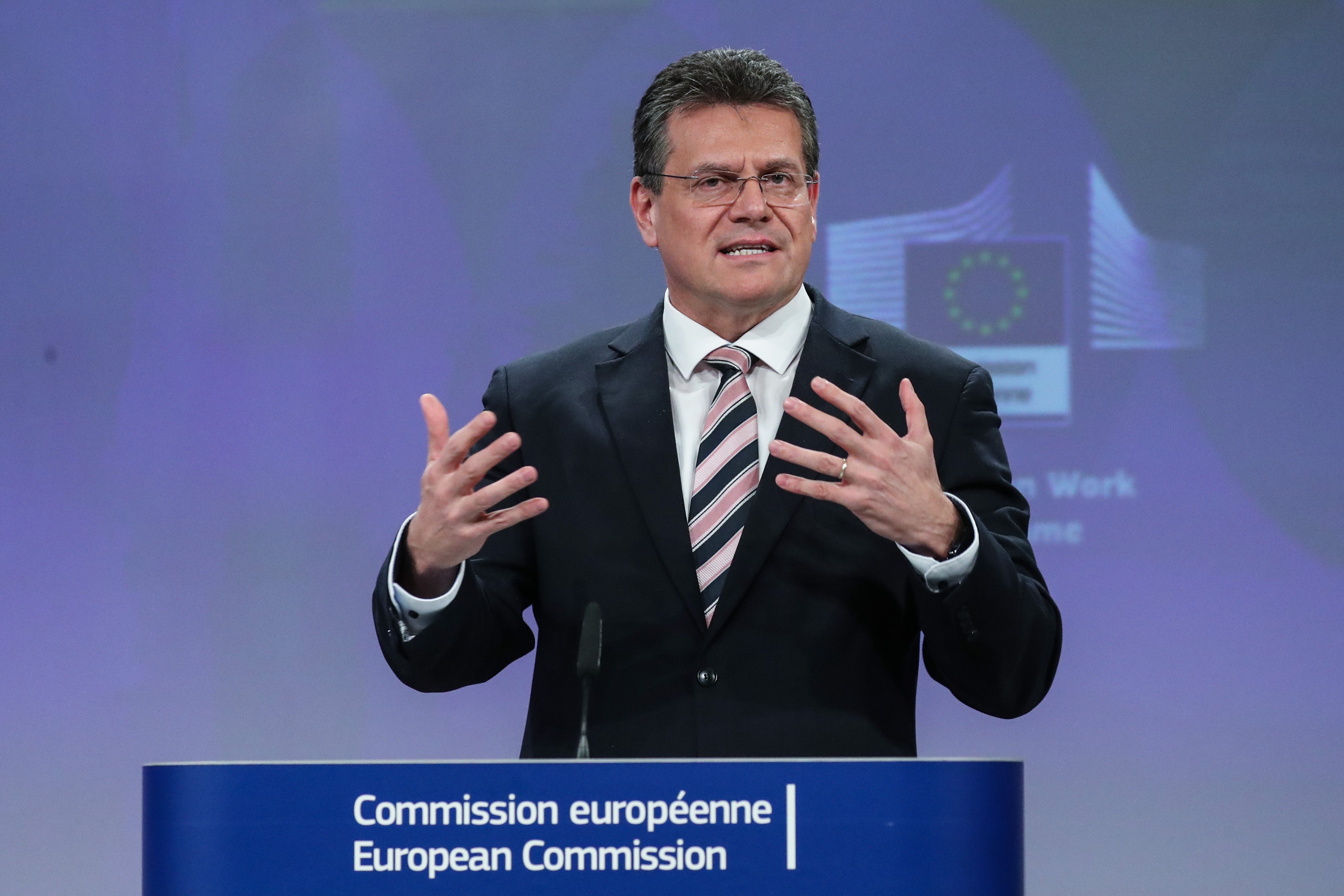
Russia has also been dropping hints of its own. Even as it denied manipulating the gas market in September, it also suggested that gas supplies to Europe could be simpler and more plentiful once Nord Stream 2 came into operation. In other words, if the German regulator got its skates on and the EU’s Nord Stream 2 critics decided against calling for intervention from the courts, Europe would not want for abundant gas supplies into the spring.
An additional complication was that a small-scale Ukraine-Russia stand-off seemed to be brewing with Moldova, whose new, pro-EU, government, tried to switch to gas supplies from the EU after its contract with Russia expired. As bad luck would have it, disputed debts left Moldova unable to make a clean break with Russia’s Gazprom, and its quest for a new contract with the EU coincided with the spike in wholesale prices, leaving the post-Soviet state uncomfortably marooned in the middle. Moldova has just concluded a new contract with Russia’s Gazprom – an illustration of the risks for a small country of trying to play off the EU and Russia.
The experience of Moldova also serves to demonstrate how many of the difficulties that plague energy relations between Russia and European countries, whether inside or outside the EU, are a product of the hangover from Soviet times, when a vast Eurasian pipeline system was effectively governed by Moscow. That it is has proved so durable 30 years on, however, is not just because Russia has tried, by fair means and foul, to protect its position as the dominant supplier, but because such arrangements in many ways reflect basic common sense.
Russia has gas to sell and, via Nord Stream 2, has improved the means of delivering it. Meanwhile, much of Europe, including the UK, is going to need more imported energy, at least until it can get its own “greener” supplies and storage facilities in order. Germany, for its part, has a particular need for imported gas, following Merkel’s decision to accelerate the closure of nuclear power stations after the 2011 Fukushima disaster, which has left the country more reliant on very un-green coal than it would otherwise have been.
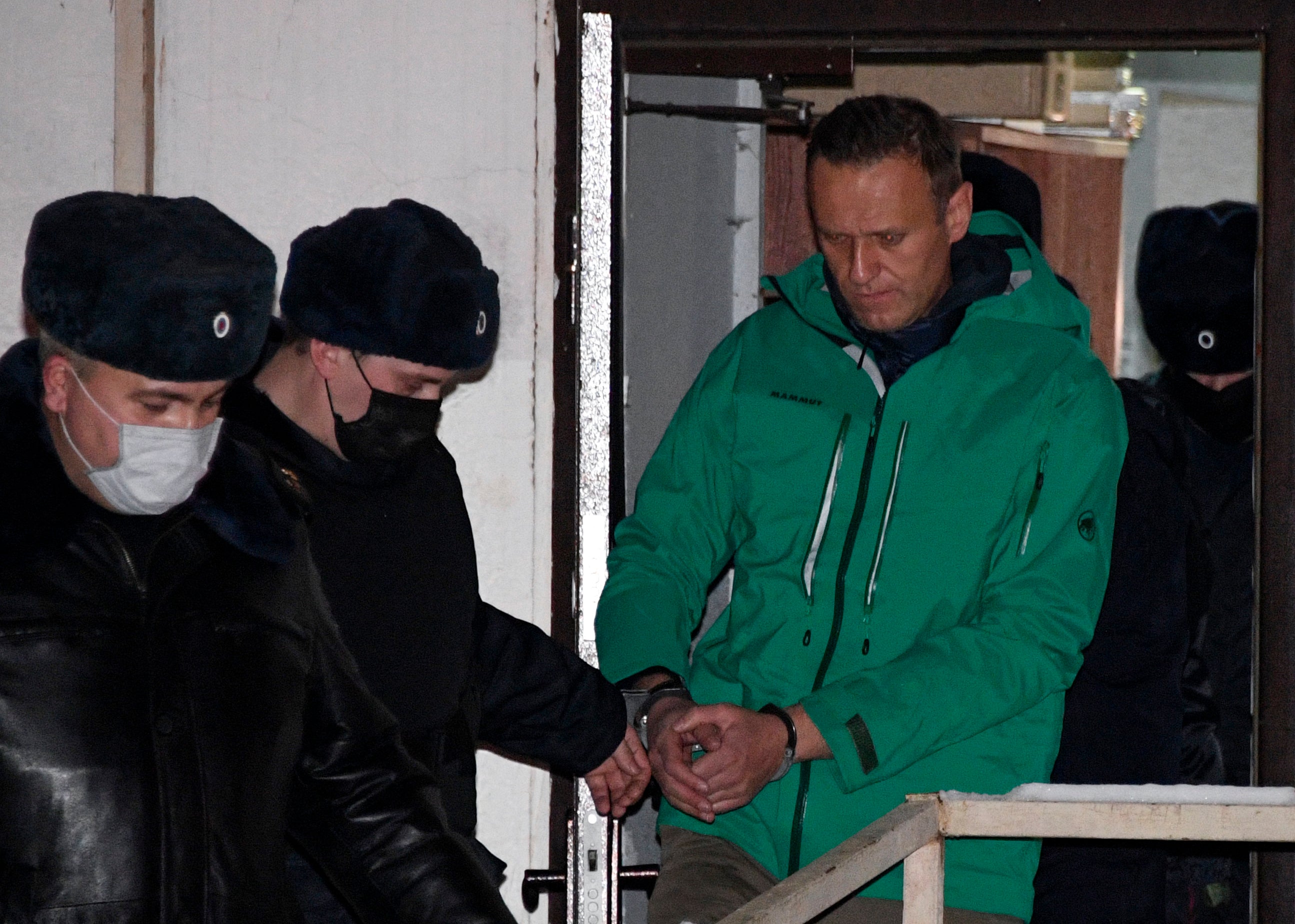
Germany’s own misgivings about nuclear power are shared, what is more, by many east and central European countries whose existing reactors are Russian-built and where the shadow of Chernobyl looms large. The merits and “green-ness” of nuclear power may well be an issue at Cop26, but it is simply not seen as an option by many former Soviet states – which leaves gas, where Europe and Russia seem doomed to cooperate for a while, whether they like it or not.
And while the politics may be contested, the business case is not, as Germany and the UK both well know – although one is more upfront about the dilemma than the other. Berlin insists that politics and business can be kept apart: it stood by the completion of the Nord Stream 2 pipeline, for instance, even as Russia’s famed opposition leader, Alexei Navalny, was treated for poisoning in a hospital only yards from the Reichstag. The UK, on the other hand, denounces Russia in public, while leaving it to Moscow to disclose that trade between the two countries increased by more than 50 per cent through 2020, with UK direct investment in Russia passing $32bn.
The question now is whether one day the tables could turn, with the advantage transferring to Europe. Among the reasons why Russia has become more interested and cooperative in global climate change efforts over the past couple of years is, first, that it has observed the damage that warming is doing to its landscape, especially in Siberia and the North, and, second, its concern that if Europe and Asia are serious about reducing the use of fossil fuels - there will go a large part of Russia’s export market. So cooperation makes sense, giving both sides time to adjust their economies and energy arrangements to best environmental effect.
The fate of Nord Stream 2 looks set to be a test, with official German and Russian pronouncements both suggesting that neither wants to derail the exchange now. Recent Russian statements on energy and climate change also seem unusually emollient. Putin may not be attending Cop26 in person, but Russia has made it clear that his absence is Covid- not politics-related and said that he will make not one, but two, contributions remotely. The Russian president also instructed Gazprom very publicly to fill its gas storage facilities in Europe ahead of time – a case of politics overruling commerce and a small olive branch extended to the Europeans.
At which point it might be possible to glimpse a future where complementary economic strengths and mutual benefit allow Europe and Russia to advance towards their net zero commitments more predictably than they can do now. However rational such a bargain might seem, it will not go uncontested, and Europe’s arguments about cooperation or conflict with Russia will go on, long after Cop26 has closed.




Join our commenting forum
Join thought-provoking conversations, follow other Independent readers and see their replies
Comments